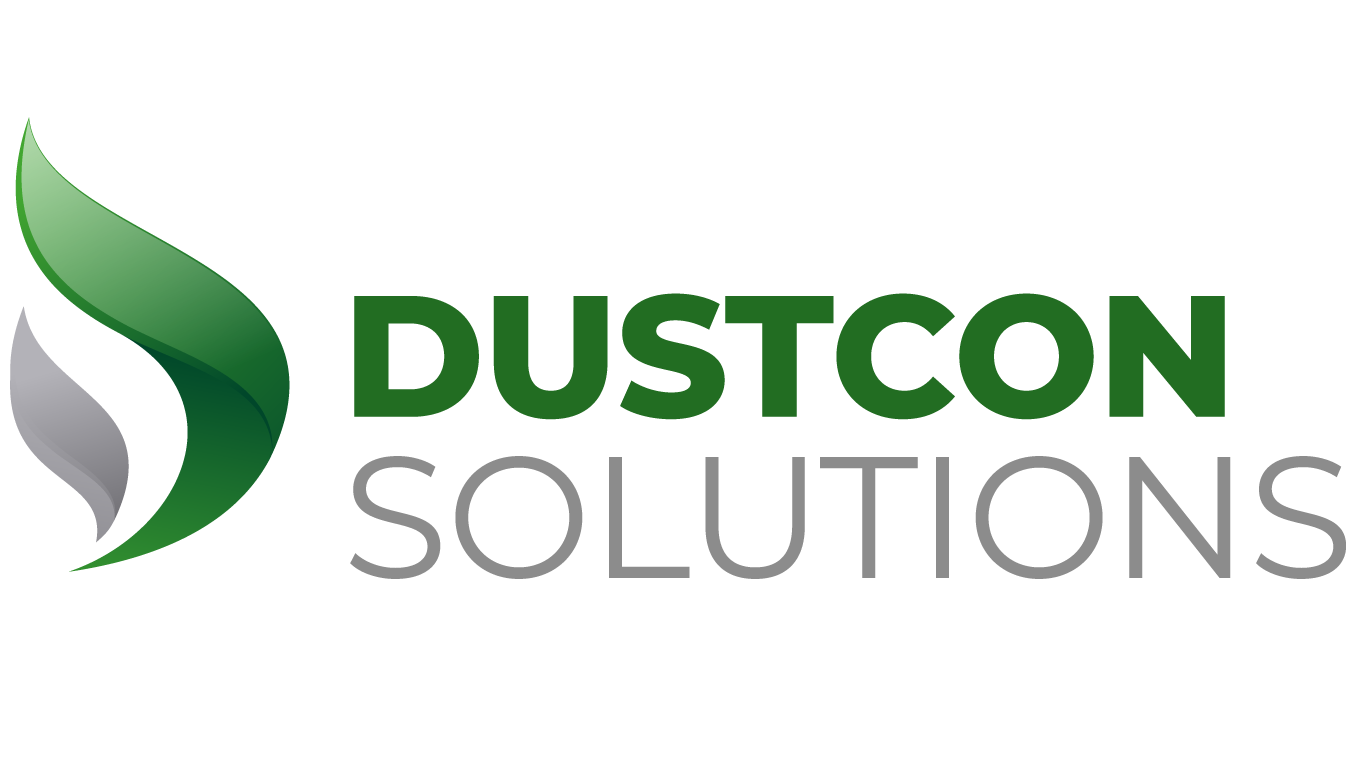
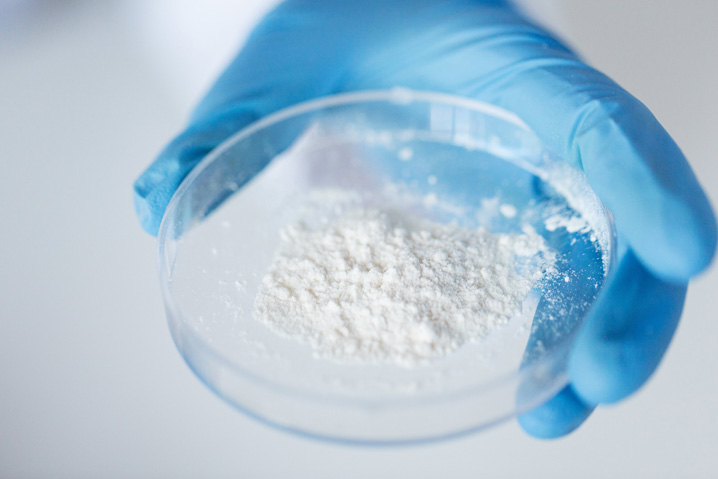
Are Dust Explosions Preventable?
A dust explosion is a rapid combustion of fine particles suspended in the air, typically caused by the ignition of a dust cloud in an enclosed or semi-enclosed space. The anatomy of a dust explosion involves several key elements:
- Combustible Dust: Dust particles must be present in sufficient quantity and have the potential to combust. Combustible dust can include a wide range of materials such as coal, wood, grain, sugar, metals, plastics, and many others.
- Dispersion: The combustible dust must be dispersed in the air to form a dust cloud or suspension. This can occur through various processes such as grinding, pulverizing, milling, conveying, or simply by the disturbance of accumulated dust.
- Oxygen: A sufficient amount of oxygen must be present in the air for combustion to take place. Typically, the oxygen content in the air is around 21%, which is adequate for most dust explosions.
- Confinement: The dust cloud must be confined within a limited space, such as a room, vessel, or ductwork, to allow pressure to build up rapidly during combustion. Confinement can enhance the explosive force of the dust cloud.
- Ignition Source: An ignition source is needed to initiate the combustion of the dust cloud. Common ignition sources include open flames, sparks, hot surfaces, electrical equipment, static electricity, and even self-ignition due to high temperatures.
- Suspension and Dispersal: The ignited dust cloud rapidly burns and releases large amounts of energy. The combustion reaction progresses through the cloud, causing further dispersion and suspension of unburned dust particles. This can create a cascading effect, leading to a more extensive explosion.
- Shockwave and Pressure Wave: The rapid combustion and release of energy generate a shockwave and pressure wave that rapidly expands outward. This shockwave can cause structural damage, rupture containers, and displace objects in its path.
- Fireball and Flame Propagation: A fireball is often formed at the ignition point, with flames extending outward from the initial explosion site. The flame front can propagate through the dust cloud, causing secondary explosions if there are other dispersed dust clouds in the vicinity.
- Heat and Thermal Effects: The explosion generates intense heat, which can lead to secondary fires and thermal radiation. The heat can also ignite nearby combustible materials, contributing to the spread of the explosion and fire.
Understanding the anatomy of a dust explosion is crucial for identifying potential hazards, implementing preventive measures, and designing safety systems in industries where combustible dust is present. Proper ventilation, dust control, ignition source management, and regular cleaning are some of the strategies used to mitigate the risk of dust explosions.
Preventing dust explosions requires a combination of proactive measures aimed at minimizing the accumulation, dispersion, and ignition of combustible dust. Here are some important steps to prevent dust explosions:
- Hazard Assessment: Conduct a thorough assessment of your facility to identify areas where combustible dust is generated, handled, or stored. Determine the types of dust present and their explosion characteristics. This assessment will help you understand the specific risks and develop appropriate prevention measures.
- Housekeeping and Regular Cleaning: Implement a rigorous housekeeping program to minimize dust accumulation. Regularly clean all surfaces, equipment, and ventilation systems using methods that minimize dust dispersion, such as vacuuming with appropriate filters or wet cleaning.
- Dust Collection and Ventilation: Install effective dust collection systems that capture and contain dust at the source. Properly designed ventilation systems help control dust dispersion and remove accumulated dust from the air. Ensure regular maintenance and inspection of these systems to ensure their effectiveness.
- Explosion Venting and Suppression: Install explosion venting systems in areas where dust explosions could occur. These systems provide a safe venting path for the release of pressure in the event of an explosion. Additionally, consider implementing explosion suppression systems that can detect and suppress explosions rapidly, limiting their spread.
- Equipment Selection and Maintenance: Choose equipment that is designed for use in potentially explosive environments and meets applicable safety standards. Regularly inspect and maintain equipment to prevent leaks, sparks, or other potential sources of ignition. Follow manufacturer guidelines and conduct routine maintenance to ensure safe operation.
- Static Electricity Control: Static electricity can be a potential ignition source. Implement static control measures such as grounding and bonding of equipment, use of antistatic materials, and minimizing the accumulation of static charges.
- Training and Awareness: Provide comprehensive training to all personnel who work with or near combustible dust. Educate employees about the hazards associated with dust explosions, safe work practices, and emergency procedures. Encourage a culture of awareness and reporting of potential hazards.
- Hot Work Permits: Establish a permitting system for hot work activities (such as welding, cutting, or grinding) in areas where combustible dust is present. Ensure that proper precautions, including fire-resistant barriers and fire watch personnel, are in place during these activities.
- Compliance with Standards and Regulations: Familiarize yourself with relevant safety standards and regulations, such as those provided by organizations like the Occupational Safety and Health Administration (OSHA) or the National Fire Protection Association (NFPA). Ensure compliance with these standards to create a safe working environment.
- Continuous Improvement and Auditing: Regularly review and update your dust explosion prevention program. Conduct audits to identify any gaps or areas for improvement. Learn from incidents or near-misses and make necessary adjustments to your prevention measures.
By implementing these preventive measures and maintaining a strong safety culture, the risk of dust explosions can be significantly reduced. It is essential to work closely with experts in the field of industrial safety and consult relevant guidelines and regulations specific to your industry.

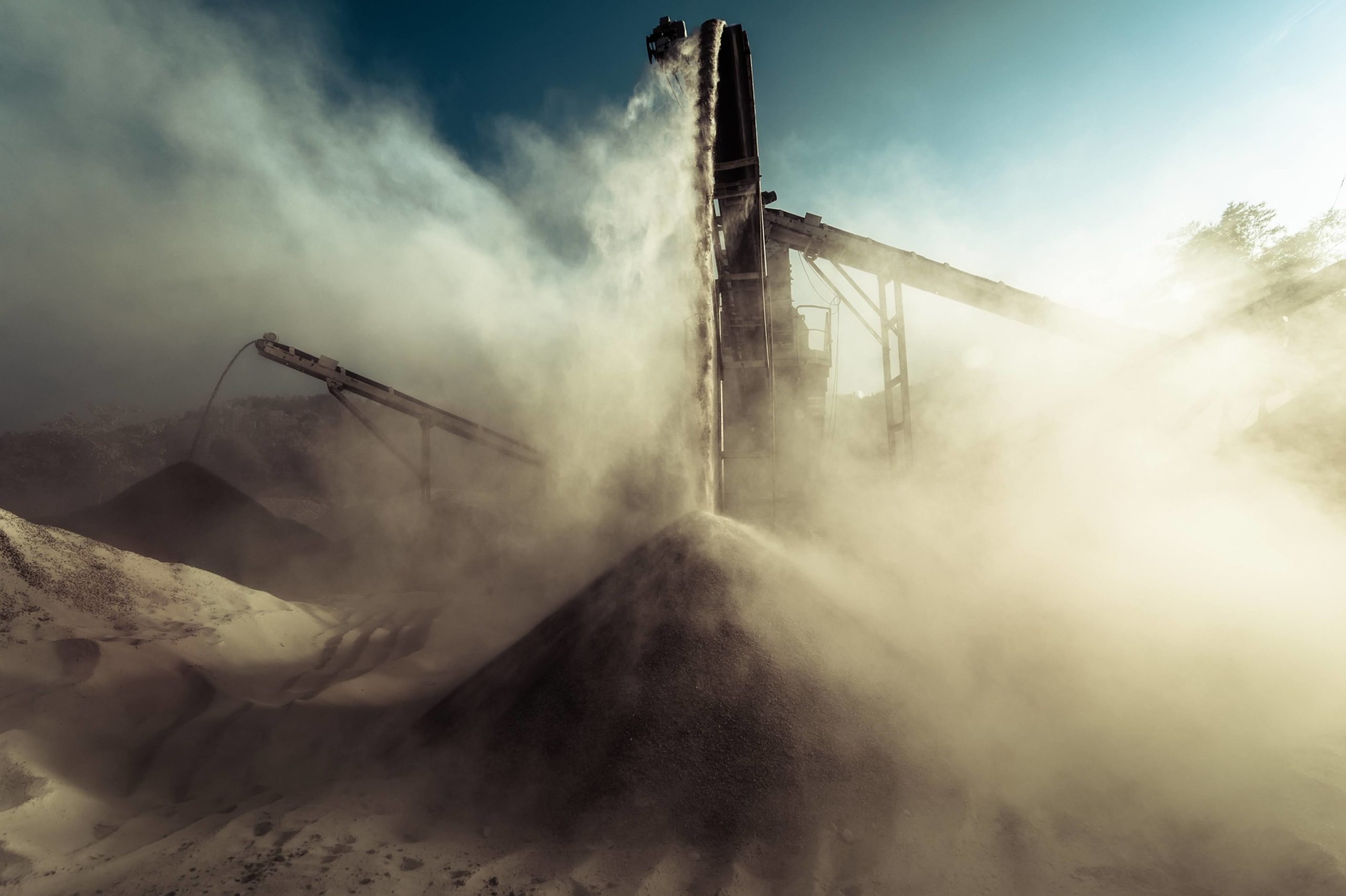
Understanding Dust Explosions with the Dust Explosion Pentagon
The dust explosion pentagon, also known as the “Dust Explosion Pentagon” or “Explosion Pentagon,” is a graphical representation that illustrates the five essential elements required for a dust explosion to occur. These elements are often referred to as the “five sides” of the pentagon:
- Combustible Dust: The first side of the pentagon represents the presence of combustible dust. Dust particles from materials such as coal, wood, grain, sugar, metals, plastics, or other substances can become combustible when they are finely divided and suspended in the air.
- Oxygen: The second side of the pentagon represents the availability of oxygen. Oxygen is necessary for combustion to take place. In ambient air, the oxygen content is typically around 21%, which is sufficient for most dust explosions.
- Ignition Source: The third side of the pentagon represents the presence of an ignition source. An ignition source can be anything that has enough energy to ignite the dust cloud. Common ignition sources include open flames, sparks, hot surfaces, electrical equipment, and static electricity.
- Dispersion: The fourth side of the pentagon represents the dispersion of the combustible dust particles in the air. The dust must be finely divided and dispersed in a cloud or suspension for a dust explosion to occur. Dispersion can occur through processes such as grinding, milling, conveying, or the disturbance of accumulated dust.
- Confinement: The fifth side of the pentagon represents confinement or the containment of the dust cloud. Confinement allows the pressure to build up rapidly during combustion, increasing the explosive force. Confinement can occur in enclosed or semi-enclosed spaces, such as rooms, vessels, or ductwork.
The dust explosion pentagon serves as a visual reminder that all five elements must be present simultaneously for a dust explosion to occur. By understanding and addressing each side of the pentagon, appropriate preventive measures can be implemented to minimize risk and prevent dust explosions in industrial settings.


Addressing NFPA 652 Standard Regarding Combustible Dusts
Do you operate a facility that requires you to engage with substances that are dusty or powdery in n

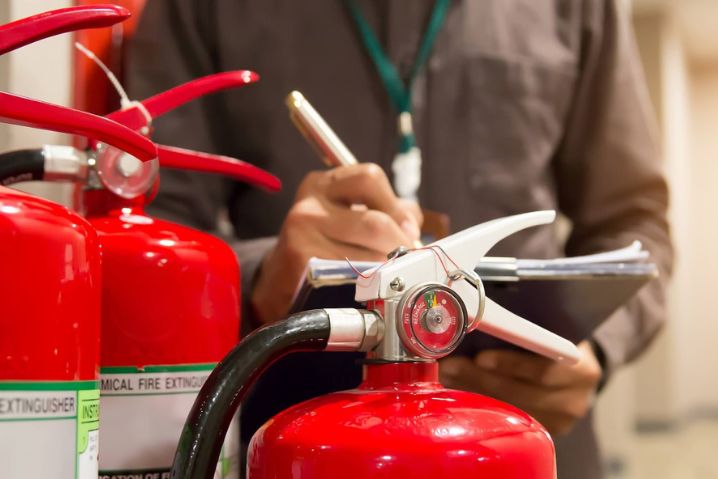
6 Industries Added by OSHA to the Combustible Dust NEP Program
n late January 2023, a new version of the Combustible Dust National Emphasis was issued by the Occup

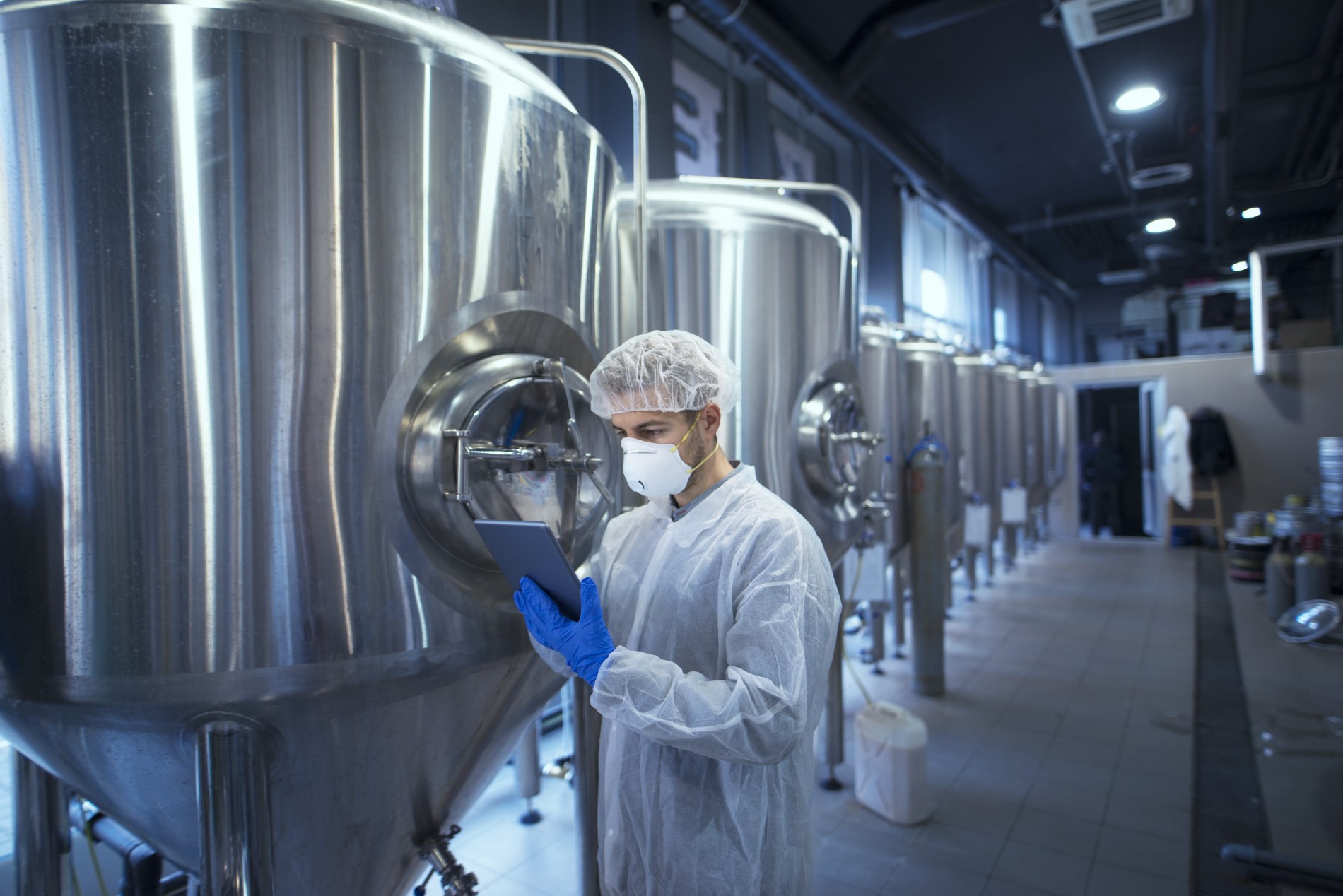
Ensuring the Safety of Facility Through Dust Explosion Test Data
“Could it be a problem if my powder has demonstrated 3mJ of minimum ignition energy and 256 bar.m/
